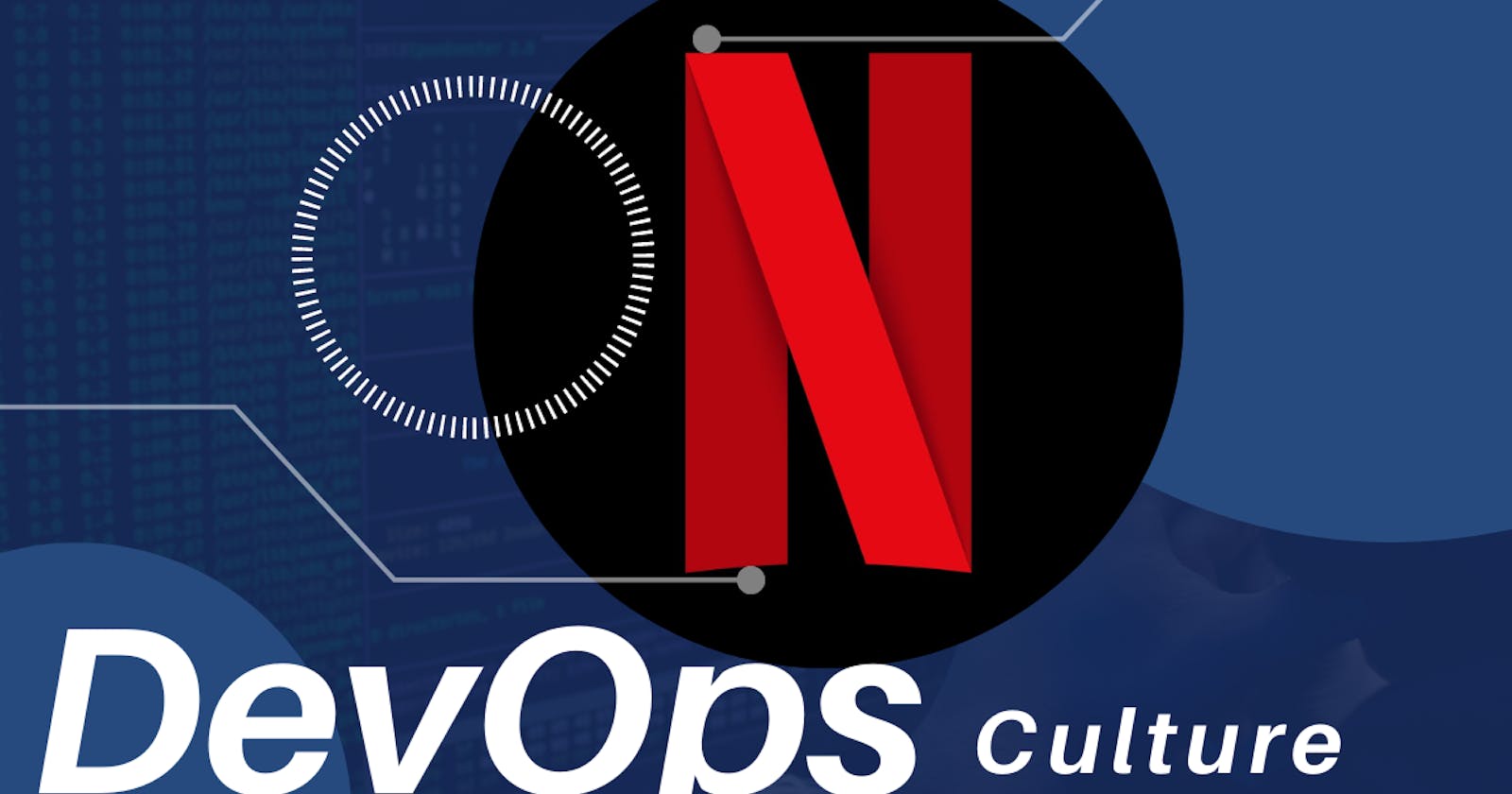Case Study on Netflix | A DevOps Culture
How Netflix overcome from a difficult situation into a giant company | How DevOps culture helped Netflix to rise in a big Industry
Netflix is a leading streaming service that has revolutionized the entertainment industry. The company has successfully implemented a DevOps culture to ensure the reliability, scalability, and fault-tolerance of its infrastructure. Here's a complete end-to-end case study of Netflix, along with the challenges it faced and how it overcame them:
Background: Netflix was founded in 1997 as a DVD rental service and later pivoted to online streaming in 2007. Today, it has over 200 million subscribers in more than 190 countries. The company's streaming service runs on a cloud-based infrastructure that spans multiple regions and availability zones around the world.
Challenges: Netflix faced several challenges in building and maintaining its infrastructure, including:
Scalability: As the company grew, it needed a scalable infrastructure that could handle increasing traffic and demand for its services.
Availability: With millions of users relying on its service for entertainment, Netflix needed a highly available infrastructure that could ensure uninterrupted service.
Fault-tolerance: Netflix needed a fault-tolerant infrastructure that could withstand failures in its underlying infrastructure components, such as servers and networks.
Speed: As a streaming service, Netflix needed a fast and responsive infrastructure that could deliver content quickly to users.
Solution: To address these challenges, Netflix implemented a DevOps culture that emphasized collaboration, automation, and continuous improvement. The company's DevOps engineers are responsible for building and maintaining the infrastructure that powers its streaming service.
Here's how Netflix's DevOps team overcame the challenges:
Scalability: Netflix uses a cloud-based infrastructure that is designed to scale horizontally as demand increases. The company uses Amazon Web Services (AWS) to host its infrastructure, which allows it to quickly and easily add or remove resources as needed.
Availability: Netflix uses a distributed architecture that is designed to be highly available. The company's infrastructure is divided into several smaller services that can be scaled independently and are designed to withstand failures.
Fault-tolerance: Netflix uses a fault-tolerant architecture that is designed to handle failures in its underlying infrastructure components. The company uses tools like Chaos Monkey, which randomly shuts down servers and other components in the infrastructure to test its resiliency.
Speed: Netflix uses a content delivery network (CDN) that is designed to deliver content quickly to users. The company also uses several other techniques to optimize the delivery of content, such as adaptive bitrate streaming and caching.
Netflix also uses a variety of tools and technologies to automate and streamline its software delivery process. The company uses continuous integration and deployment (CI/CD) tools like Spinnaker to automate the deployment of its infrastructure and applications.
Results: Netflix's DevOps culture has helped the company achieve several notable results, including:
High availability: Netflix has achieved an uptime of over 99.99% for its streaming service, which is a testament to the reliability and fault-tolerance of its infrastructure.
Speed: Netflix can deliver content quickly to users, thanks to its CDN and other optimizations.
Scalability: Netflix can quickly and easily add or remove resources as needed to handle changing demand for its services.
Innovation: Netflix's DevOps culture has enabled the company to rapidly innovate and launch new features, such as the ability to download content for offline viewing.
Conclusion: Netflix's successful implementation of a DevOps culture has enabled it to build and maintain a highly available, scalable, and fault-tolerant infrastructure. The company's DevOps engineers use a variety of tools and technologies to automate and streamline the software delivery process, ensuring that it can deliver high-quality content to its millions of users around the world.
